Gran Turismo isn’t a perfect film, but it’s fun as hell
The plot of racing summer blockbuster Gran Turismo is simple, unusual, and more or less true to real-life events: Archie Madekwe’s young gamer Jann Mardenborough yearns to race, but he’s never been in a race car. He does have a knack for playing PlayStation’s racing simulator Gran Turismo, however, and this talent wins him a spot at Nissan’s GT Academy where he learns how to do it in reality. Placing first in his class would mean Jann achieves his dream: he’d get to race for a season as part of Nissan’s team.
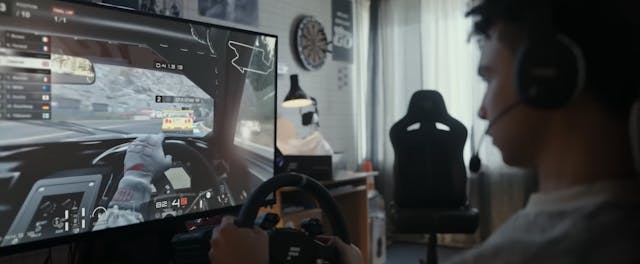
Like most sports movies, director Neill Blomkamp’s film is an underdog story. Absolutely no one in Gran Turismo seems to believe in Jann. His parents Steve (Djimon Hounsou) and Lesley (Geri Horner aka Ginger Spice) think he should do something he loves “within the realm of reality.” (They meanwhile regard Jann’s brother, Daniel Puig’s football player Coby, as a legitimate athlete.) David Harbour’s Jack Salter—the race engineer in charge of whipping the gamers into shape—thinks the entire premise of letting novices drive real race cars is completely insane and too dangerous. After all, he says, if something catastrophic happens “you can’t hit reset.”
Even the guys on Jann’s pit crew don’t respect him. His main rival is Josha Stradowski’s pro American racer Nicholas Capa, the driver in the “gold lamé monstrosity” (a 2018 Lamborghini Aventador). He’s that eminently dislikable adversary, a reckless racer full of hubris, just the kind of guy you delight in rooting against. Even Orlando Bloom’s exec Danny Moore, the executive who pitched the idea of the GT Academy racing contest to Nissan in the first place, doesn’t want Jann to win because, from a marketing perspective, he’s not “appealing.” The stakes and the odds against Jann are high: no one wants him there, so he has to prove that he belongs.


The real heart of the film—and its most compelling thread—is the relationship between Salter and Jann. Salter is a Black Sabbath guy while Jann loves Kenny G and Enya; so Gran Turismo asks the age-old question, can a partnership like this ever work? Salter’s a ubiquitous sports-movie archetype, a kind of sanitized Morris Buttermaker (Walter Matthau’s character in The Bad News Bears). He’s a grumpy former driver and engineer who reluctantly acquiesces to train the gamers at GT Academy how to race. According to Capa, Salter’s a “flamed-out has-been” who burned out about 50 years ago. But he’s also a bonafide, respected competitor who knows the ropes. The film’s most touching moments, and its funniest, derive from Salter’s and Jann’s friendship. That aside, though, the characters feel one-dimensional, like afterthoughts, mere plot points in Jann’s story.


Like most movies “inspired by true events,” the filmmakers have taken quite a few liberties to make the story hit all the right sports-movie beats, so it might be more accurate to say the movie is true-ish. Danny Moore is based very loosely on Darren Cox, the Nissan exec who conceived of GT Academy, and what Moore seemingly accomplishes in a nanosecond actually took Cox more like three years to pull off. (Cox also never got to fly in private jets.) And Jann wasn’t actually the first graduate of GT Academy but the third. The villain Capa is a narrative invention, as is Salter, who’s a patchwork of a several real people in Jann’s life, like team manager Bob Neville, GT Academy trainer Gavin Gough, and engineer and car designer Ricardo Davila. And though the tragic accident that occurs at the Nürburgring really happened, killing a spectator, it took place two whole years after Jann raced at Le Mans, and its use as a setback in Jann’s hero’s journey feels a bit weird and exploitative.
The film does boast eye-candy aplenty for racing fans and gearheads. There are Nissans galore, Capa’s gaudy Lambo, and at one point, Salter shows up in a ’23 Porsche 911 GT3 RS. The races are thrilling, well-shot, and well-edited, with first-rate sound design, an underrated but crucial element in chase and race scenes: Lorne Balfe’s and Andrew Kawczynski’s score during the races is percussive without being too distracting, occasionally we can hear Jann’s heartbeat, but ultimately… the engine is the music. The drone footage from a bird’s eye POV is especially exhilarating. And thankfully, the racing scenes are, for the most part, shot practically rather than pure CGI constructions or green-screen illusions.
There are occasional freeze-frames or pauses in the races, delivered to orient us and clarify where Jann is in the race, or to insert video-game graphics, or to remind us of Jann playing Gran Turismo in his bedroom. It’s frankly unnecessary: it disrupts the flow of the race, and it’s usually employed to relay redundant information. (In fairness, these moments stink of bad notes from studio execs.)
Regardless of these nitpicks, the film nails the appeal of racing: “The rest of the world just falls away, and there is just you and the car and that’s it. It’s kind of magic.” Blomkamp loves cars and racing movies and it shows. There’s even a little nod to the Steve McQueen-starring Le Mans in the way he shoots the races, pushing in on a racer’s face before the race starts and letting everything go completely quiet.
Gran Turismo isn’t just an underdog story and a tribute to outsiders, it’s the ultimate wish-fulfillment fantasy. Its message is hugely appealing: any one of us could secretly be a champion at heart, just waiting to be discovered. It’s also fun as hell, a satisfying watch for racing enthusiasts that you’ll want to see on the biggest, loudest screen you can find.
***
Check out the Hagerty Media homepage so you don’t miss a single story, or better yet, bookmark it. To get our best stories delivered right to your inbox, subscribe to our newsletters.


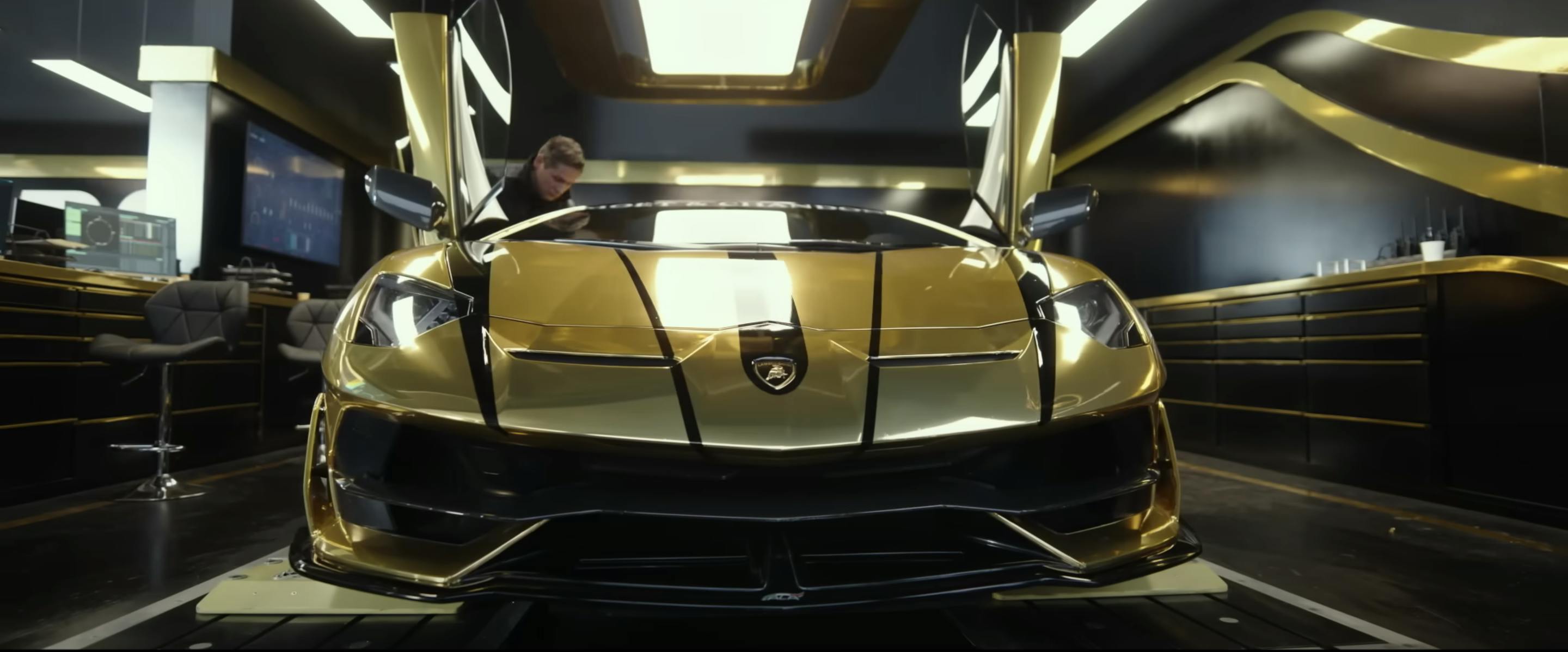
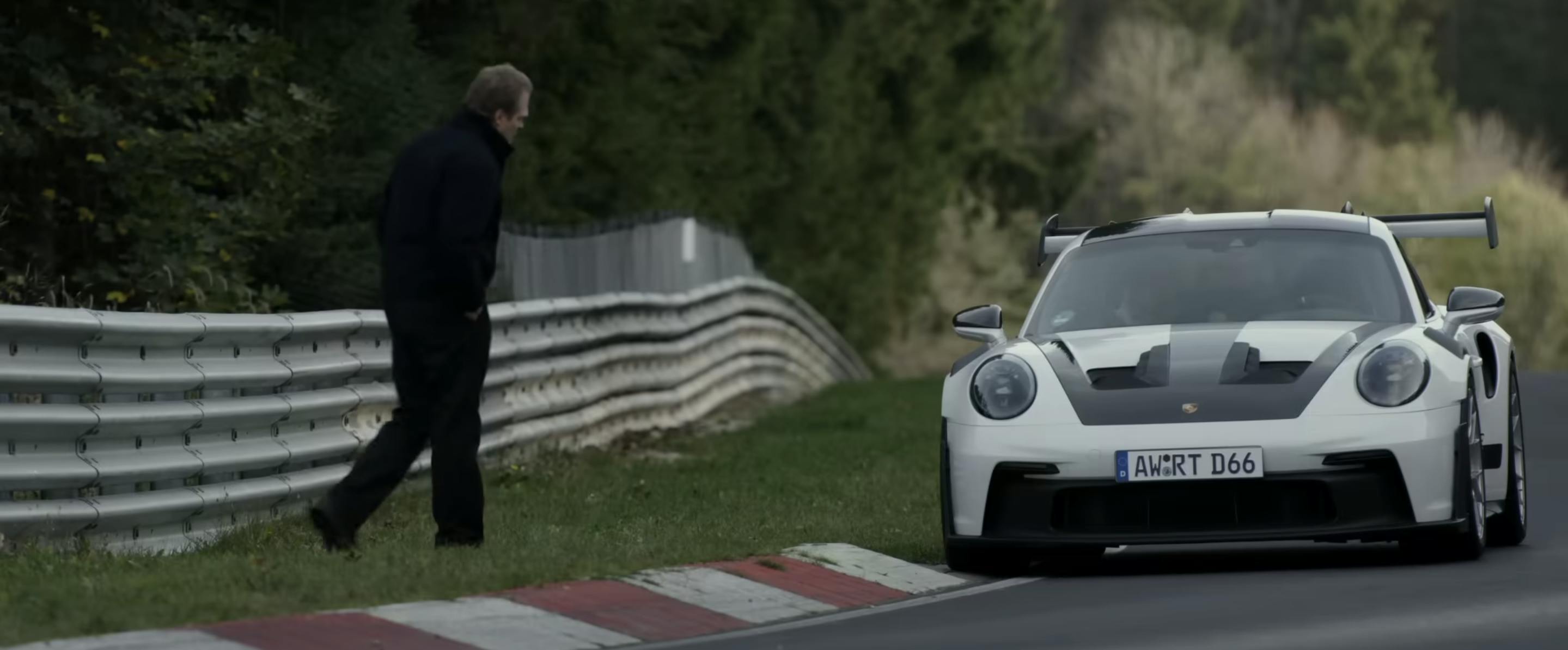
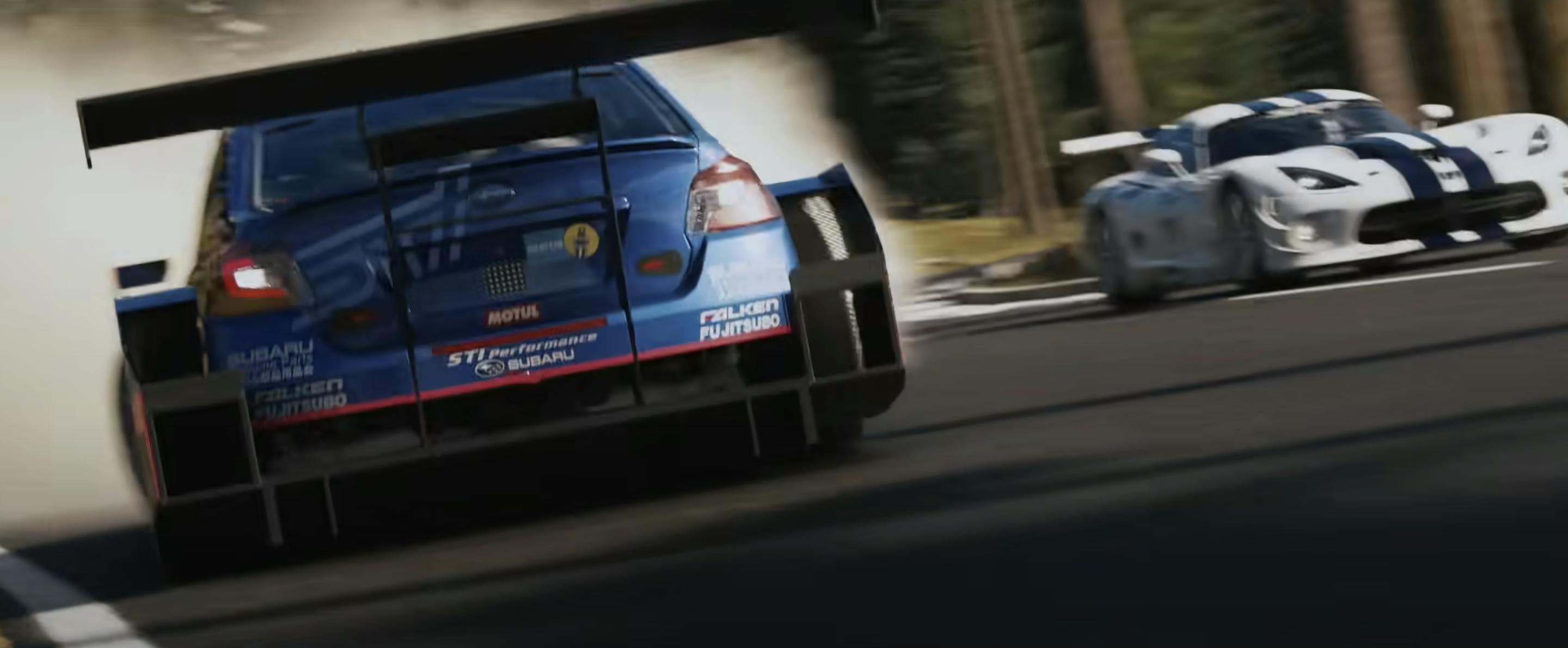
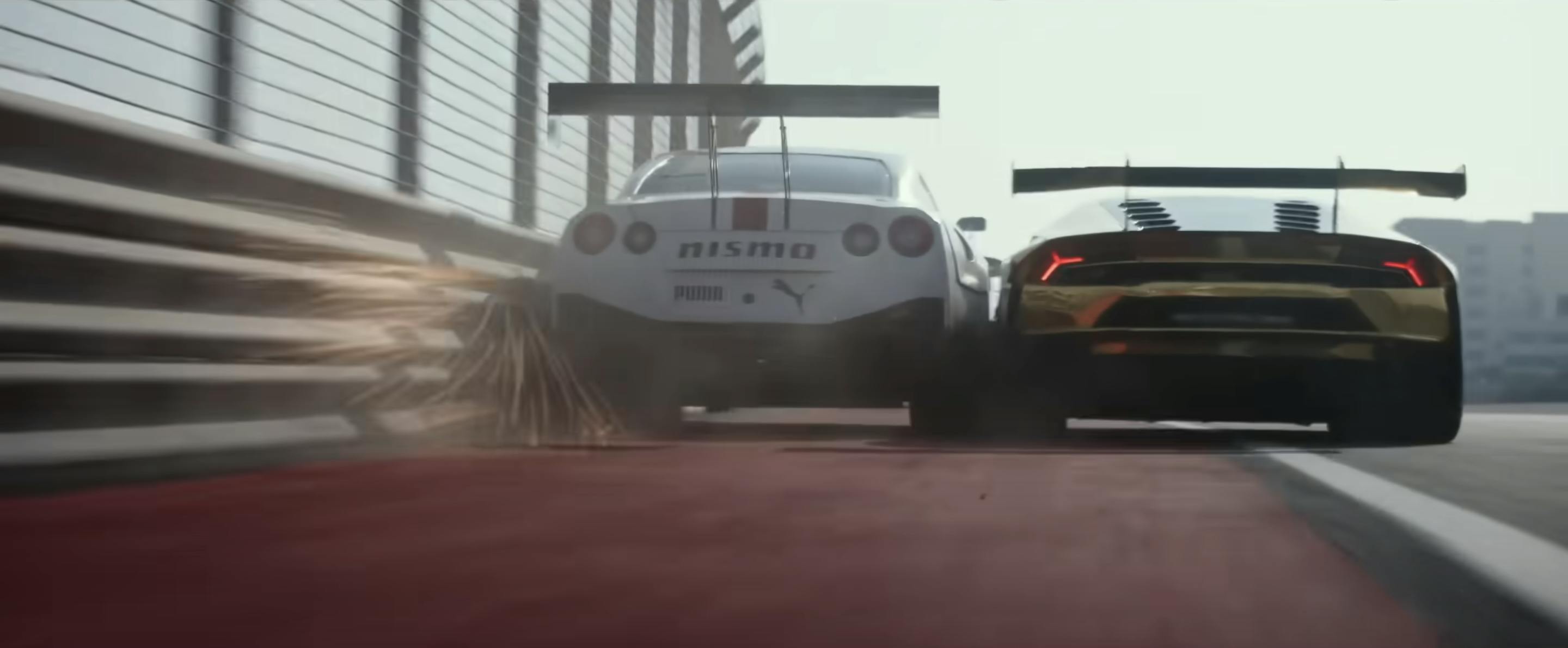
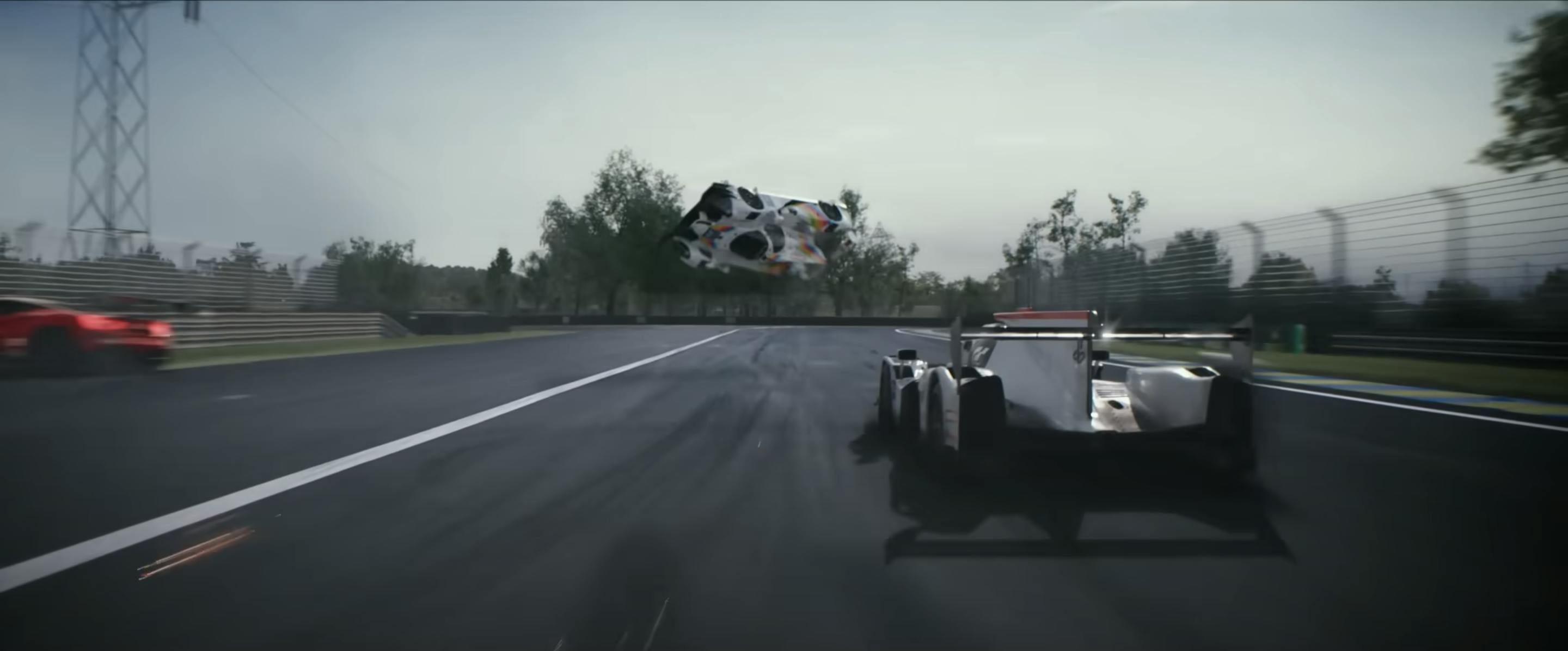
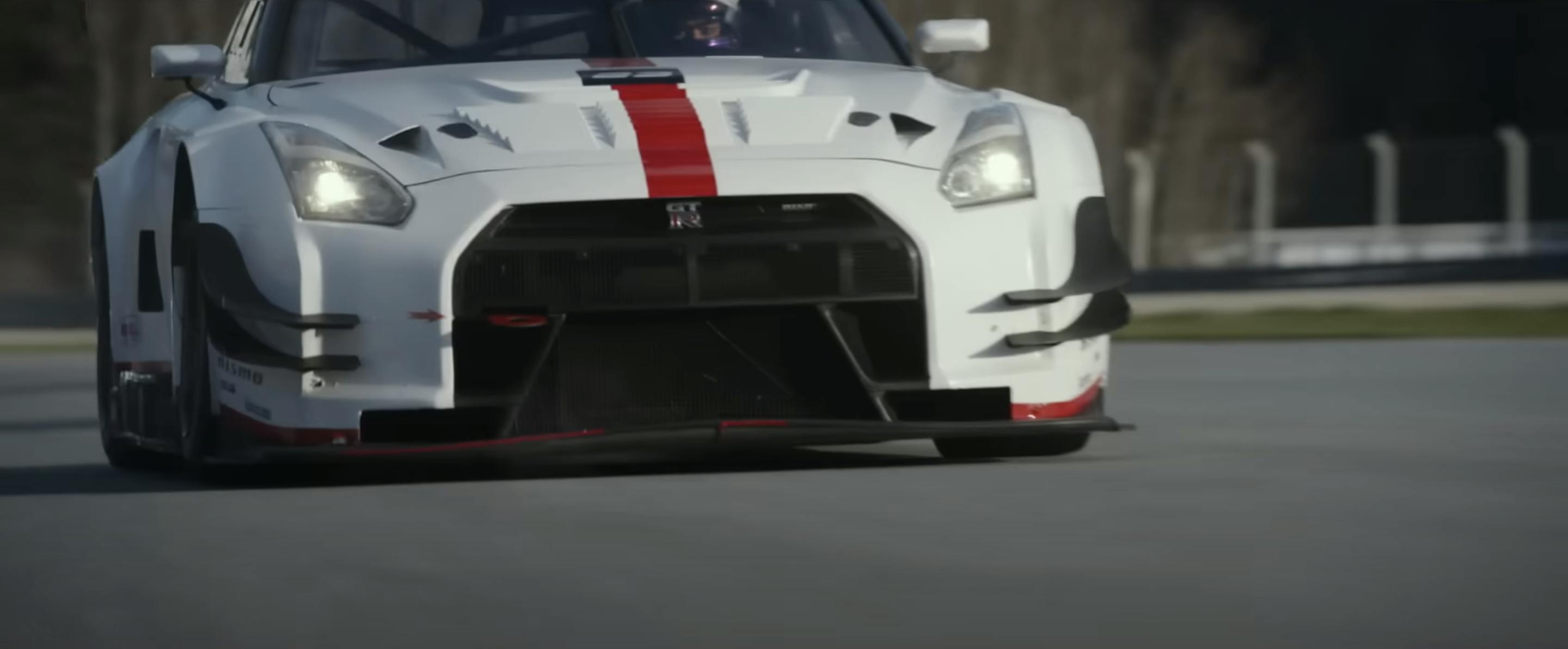
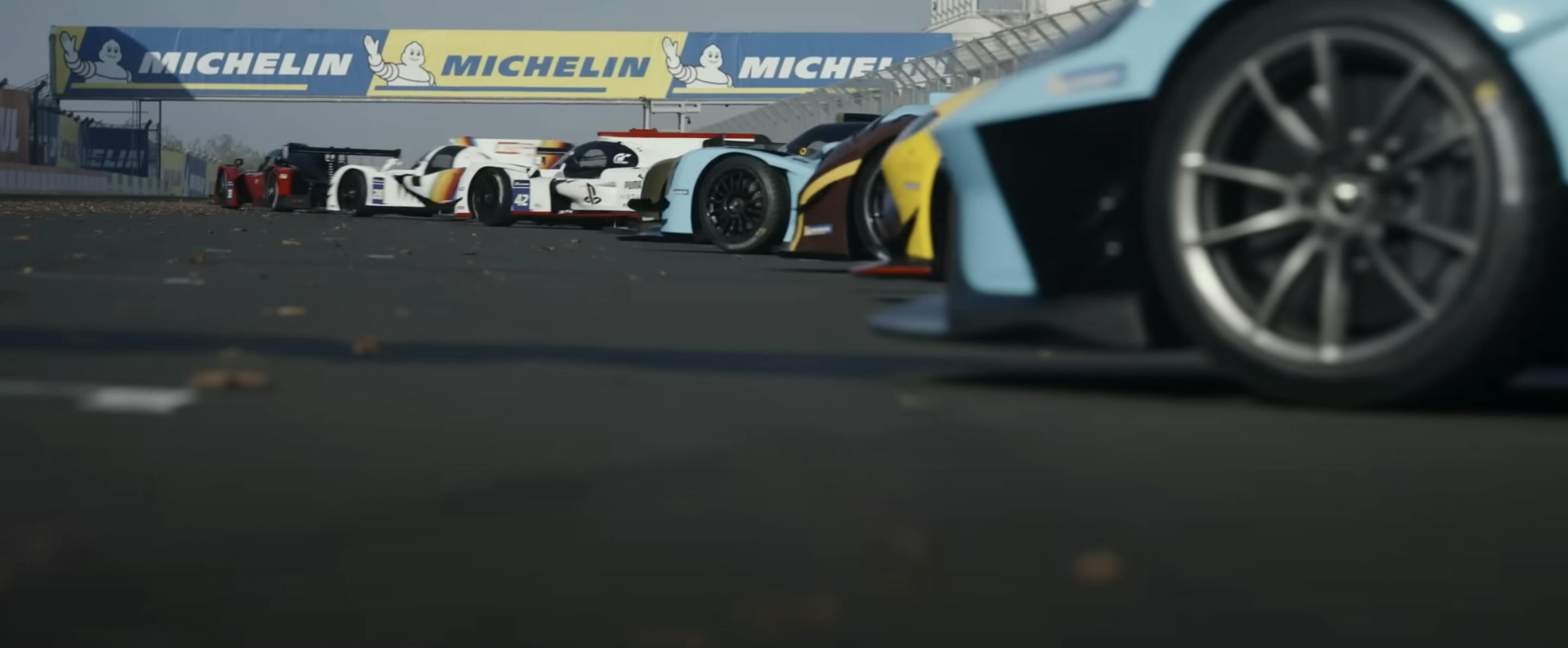

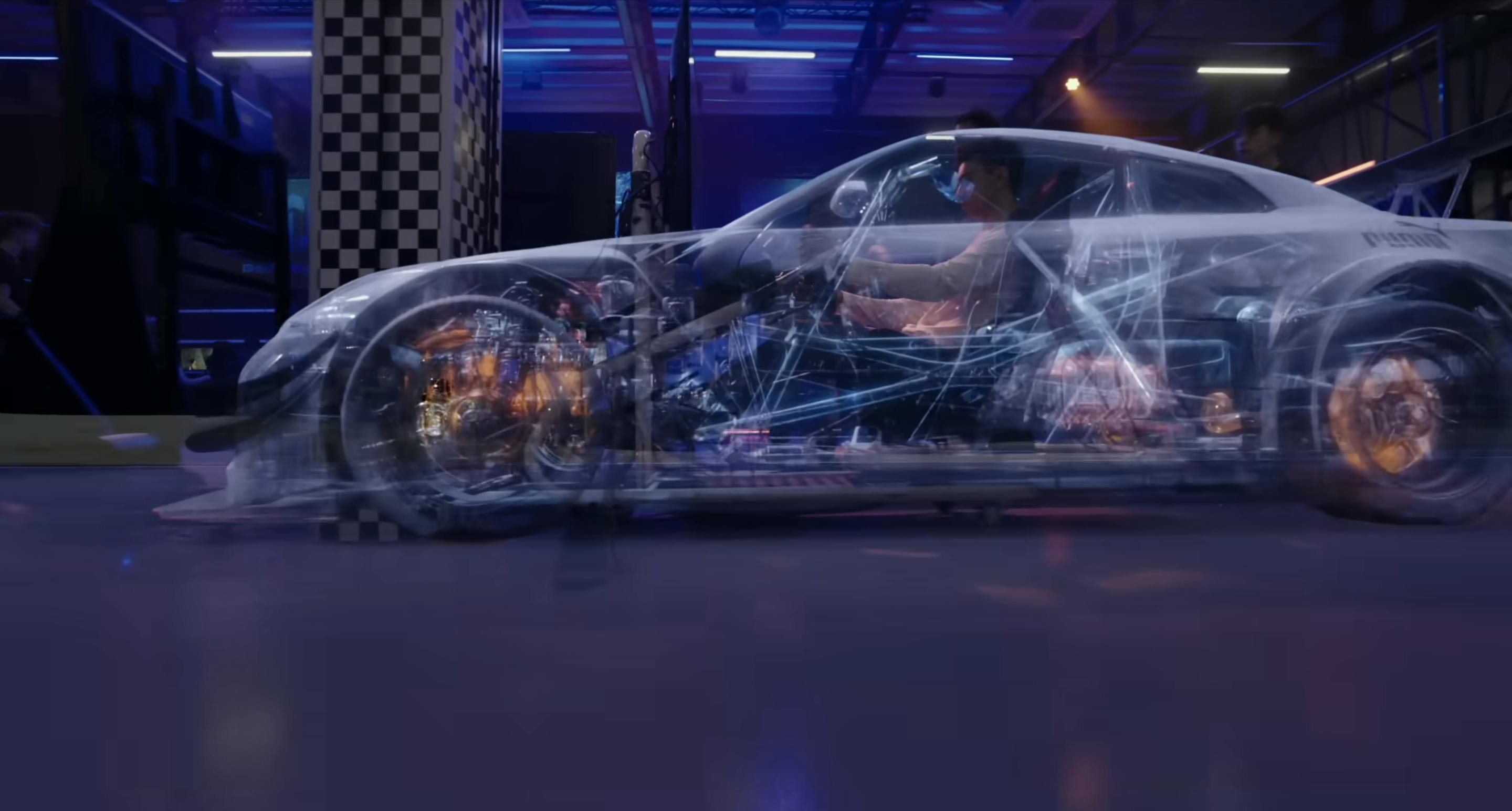
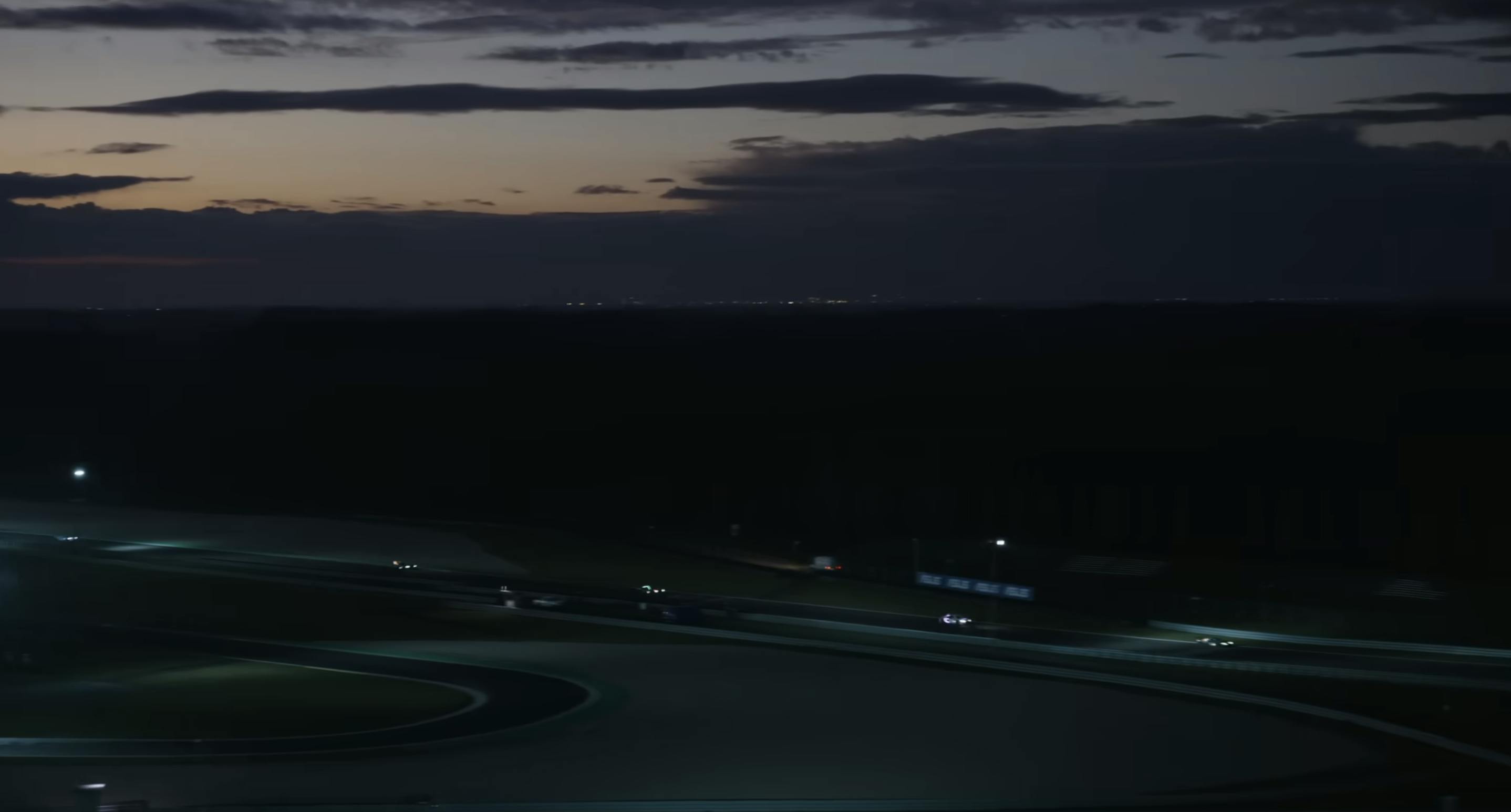


I have heard a lot of good things about this movie. I am looking forward to seeing it.
Well summarized. I recommend the first viewing be in the big screen. The movies does a little Hollywood driving in some parts, but I suspect even savvy viewers are so used to seeing these scenes that they’re now overlooked. I’m talking about things like the cliché slam in the accelerator when you want to go faster even though you’re already going fast, and the long looks between drivers or other distractions while driving or racing at high speeds.
I also don’t care for the in-the-moment confidence lapses that movie plots do. Think Maverick bugging out of a dogfight with the Russians in the original Too Gun. In this movie, our protagonist is in his first race after a dramatic setback and he is seemingly about to quit mid-race. It’s Hollywood drama, but hardly the way it works in real life. You’d never be in that position if you weren’t fully-committed. That said, none of those quips would prevent me from adding this movie to my home collection.
I was trying to enjoy it, but as a racing school student and eventually an instructor, there were several eye rolls. Racing school is not at all like boot camp. An instructor never tries to wind a driver up…they spend all their time winding drivers down. And driving a race car requires a stoicism, a calmness, in order to perform an optimal choreograph…like a dancer learning a ballet. Like Ford vs. Ferrari, there is no hooting and hollering behind the wheel, there is no looking to the side in the eyes of your competitors…there is hopefully no emotion displayed at all. And just like Ford vs. Ferrari, there is a point when the film absolutely loses me (Matt Damon saying “Wait for it, wait for it, wait for it…now” not once in the film but TWICE). When our hero starts to drive completely off-line, on the dirtiest parts of track, because it worked in the game…that’s where I almost walked out. Having said all that, the film was generally well done and will definitely appeal to all non-racers out there. But if you want to know how drivers behave behind the wheel, watch Steve McQueen’s “Le Mans”.
I agree, but don’t forget “Rush” which appealed to me more.
My eye rolls came during moments when all the leaders take the outside line so the new guy can impress everyone by passing them all at once on the inside, the starter signaling “last lap” to the drivers by holding his index finger over the track as the cars roar past, and yes drivers shooting glaring looks at each other while at speed. All that said, it is a quick moving, engaging, beautifully shot movie. I appreciated the game graphics overlaid with the racing footage, I thought it represented the two worlds blending together nicely.